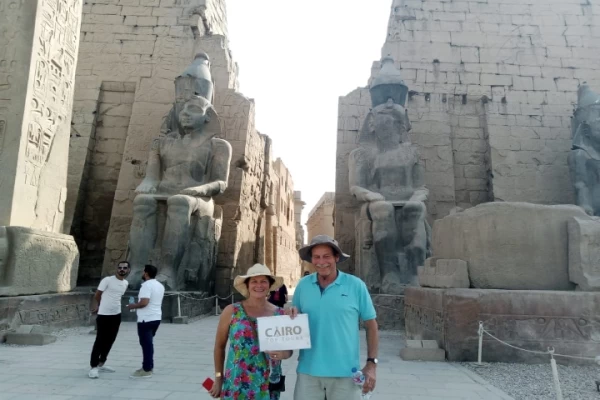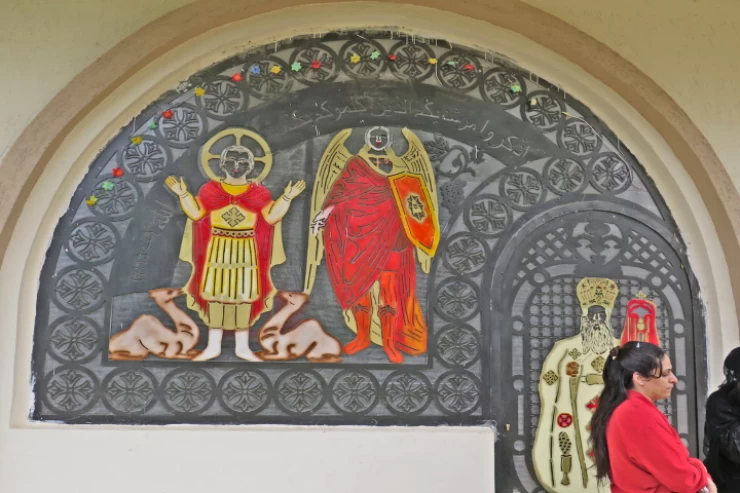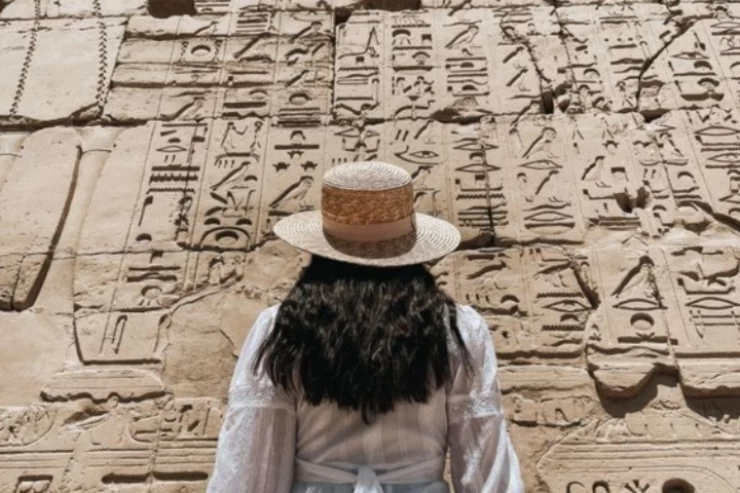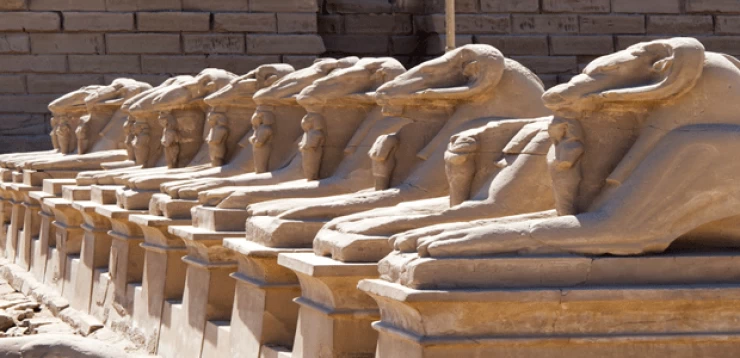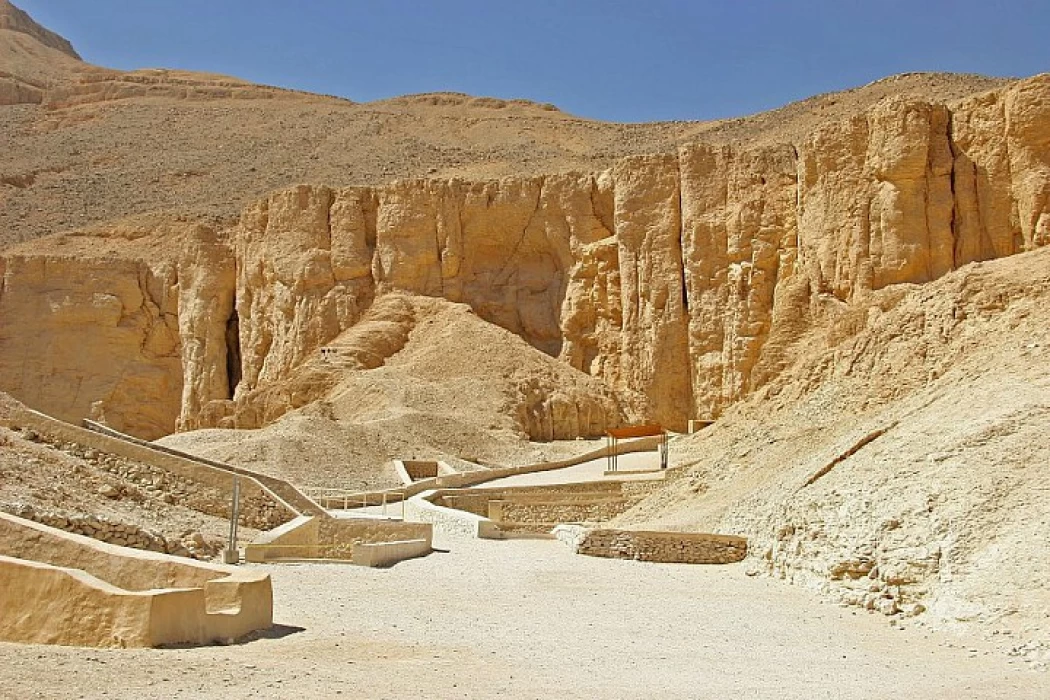
Valley of the Queens
Facts about Valley of the Queens
The Valley of the Queens is the burial area for the kings’ wives in the Egyptian Kingdom. Formerly Ta-Set-Nephiro, meaning ‘the place of the sons of the Pharaoh’, or ‘the place of beauty’, a number of 18th, 19th and 20th dynasty royal women (1550 - 1070 B. C) and several of their princes, princesses and even many from the rank of nobility were also interred in this valley. Their tombs was looked after by the priests in charge of the daily mortuary cult, burying the nobles and praying for their souls as to death.
This valley can also be found in close proximity to the renowned Valley of the Kings located on the West Bank of the River Nile in the Luxor governorate. It is not clear why this site was selected as a burial ground, but one explanation for the site’s location is the presence of the village of workers of Deir el-Medina and the valley of the kings, and besides this, one more reason is the presence of a sacred cave worship of Hathor situated at the entrance of the valley, and such caverns may be connected with the revival of the deceased or their reincarnation into another sphere.
Although during the 18th and 19th Dynasties the valley was a major burial site for queens, princes, and some nobles, it ceased to be a royal burial site after the conclusion of the 20th Dynasty. Many of the tombs were extensively reused, and many were modified to accommodate multiple burials. This sometimes required excavating burial pits inside already-existing tombs. Regarding the Valley of the Queens' use during the Ptolemaic era, hardly much is known. During the Roman period we see extensive use of the valley as a burial site again. During the Coptic period, sanctuaries were built in some of these tombs to house hermits and monks.
Tombs such as QV60 (Nabtawi) and QV73 (Hanout Tawi) show signs of a Coptic Christian presence. Wall scenes representing the deceased and Egyptian deities were covered with layers of plaster and Christian symbols were sometimes inscribed or painted in red ink, and the Christian presence in these tombs continued until the seventh century AD.
One of the first tombs constructed in the Valley of the Queens is the tomb of Princess Ahmose, the daughter of Saqnanri Tau and Queen Setjihoti. This tomb likely dates back to the reign of Thutmose I. The tombs of this period also house several members of the nobility, including the head of the stables and the vizier.
During the beginning of the Twentieth Dynasty the valley was still widely used. Tombs were prepared for the wives of Ramses III and, in a departure from previous dynastic conventions, several tombs were prepared for royal sons as well. The construction of tombs continued at least until the reign of Ramses VI. The Turin Papyrus mentions the construction of six tombs during the reign of Ramses VI. The tombs referred to in the papyrus are not known.







